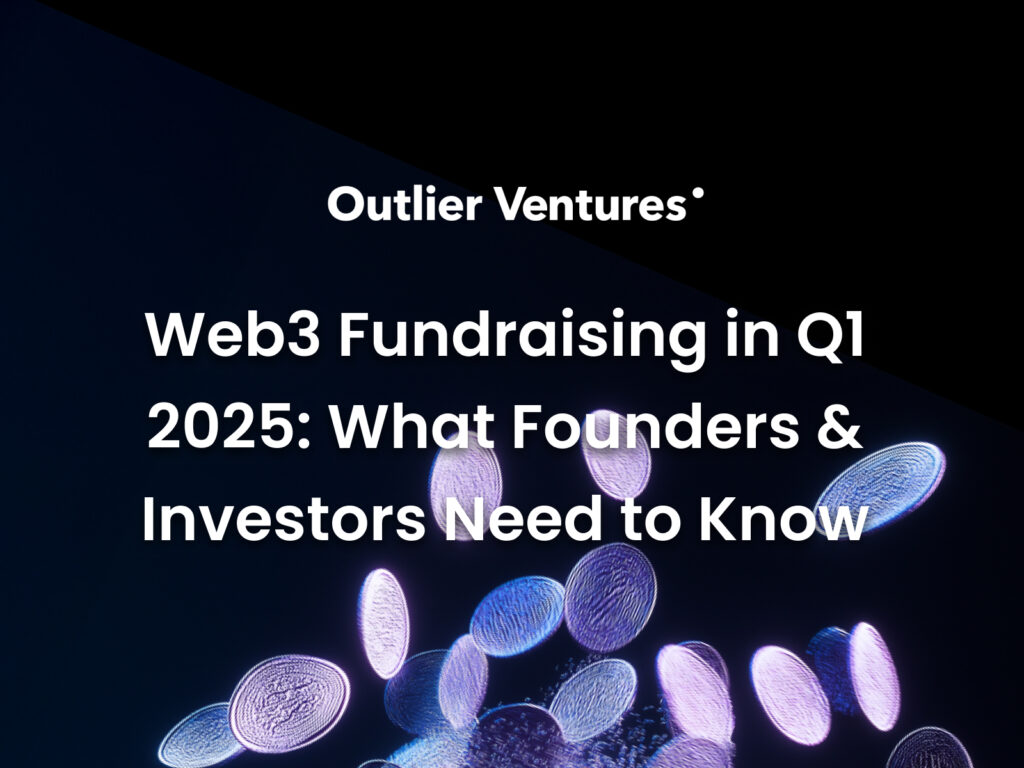The expression, “If something is for everybody, then it’s for nobody” is practically gospel in the world of marketing. That’s exactly what you’re doing when you’re trying to address the entire market.
The key to creating a solid value proposition and communicating it effectively is a simple formula: [correct target audience] x [correct positioning].
Let’s break it down step-by-step.
Market Segmentation to Identify Target Audience
In the world of tech in general, and Web3 in particular, the overview of TAM (Total Addressable Market), SAM (Serviceable Addressable Market), SOM (Serviceable Obtainable Market) is something that’s widely understood and included in investor pitch decks. From the marketing standpoint, this slide is a useful starting point to a more nuanced conversation about market segmentation.
SOM refers to the part of the market that you can reasonably serve at your particular stage of growth. If you fail to target the appropriate market segment there are two things that can happen:
- Your marketing campaigns will fail to gain any meaningful traction for your product – usually because of the lack of coherent narrative.
- Your marketing campaigns will gain notoriety and your product will fail to scale.
Naturally, it’s hard to remember companies from the first outcome, but the Fyre Festival fiasco is a notable case (read more about it here). This highlights the need to be realistic about your capacity to serve a market segment and focus your efforts accordingly as a startup founder in Web3. But what do you actually need to pay attention to?
Deconstructing Web3 Persona
After you’ve identified your target audience, you need to break it down further and create your user profile (Web3 persona). If you’ve been in Web3 for a while, you might have noticed that Web3 brands share many similarities. But why do they do that?
Several companies in Web3 utilize visual and verbal cues such as cute animal or anime-inspired avatars (AAVE, Berachain), vibrant candy colors (Lido), psychedelic imagery (Zora), retro-futurist aesthetics (Base), and themes of space exploration (every other L1).
By analyzing these elements, we can reverse-engineer a profile of individuals they resonate with:
- fans of anime, manga, and comic books, especially those from the 80s-90s;
- enthusiasts of electronic music genres like EDM and techno;
- followers of space exploration and futuristic technology;
- and those intrigued by the potential advancements in technology (accelerationism).
While not all individuals in Web3 fit this profile, these shared interests and aesthetics contribute to a sense of community within the field.
Pro-tip: When analyzing the Web3 persona, explore intersecting industries like traditional finance, banking, academia, and more. Depending on your Web3 product’s focus, leverage user research data from its Web2 equivalent, which is readily available through a simple Google search.
Take Action: Tactics to Implement Your New Knowledge. Step-by-step guide
Step 1. Market Segmentation
Answer these questions:
Consider your TAM, SAM, SOM first.
Within your SOM, identify the characteristics your early adopters have in common:
- Who has the problem your product solves? Are they aware of the problem?
- What solutions are they using to address this problem?
- Are there any Web2 products that currently serve the customers that you want to attract to your Web3 product?
- Can your product deliver a value proposition (solve their problem) at this particular stage in your product’s lifecycle?
Step 2. Persona
Think about personas literally as real life individuals to make this exercise easier.
To create your ideal customer profile answer the following about your audience:
- What demographic information can you gather about members of this group?
- What content do they consume (videos, books, music, podcasts etc.)?
- What cultures/trends/philosophies are they fascinated by? What groups are they a part of?
- What ideas/themes are most prevalent in the content that they choose to engage with?
- What channels, communities, platforms are they most active on?
Tip: What did your audience watch/read as children and teenagers? Never underestimate the power of nostalgia.
Step 3. Competitor Analysis
Conduct competitor analysis:
- Who are your competitors and what are their products? Learn from your competition. Analyze what they are doing right and identify where they might be failing.
- What are their sales and marketing tactics? Are they working well? Can they be improved upon?
- What is their communication strategy? Pay attention to content strategy, messaging, communication channels, and levels of engagement.
- You can also perform traditional SWOT analysis.
Step 4. Brand Positioning
Create a brand positioning statement for your brand. Here is a basic formula for creating a brand positioning statement:
Step 1. Target Audience: Who is your target customer?
Step 2. Differentiation: What makes your brand unique? What’s your Unique Selling Point (USP)?
Step 3. Value Proposition: What value does your brand provide to the target audience?
Step 4. Proof: What evidence supports your differentiation and value proposition?
Let’s combine these elements to get a final brand positioning statement:
For (target audience) (my company) is the only choice that (differentiation) which positively impacts (target audience) in the following way (value proposition) as demonstrated by (proof).
Conclusion
Market segmentation and competitor analysis are just the beginning of your marketing journey. While studying competitors can provide a starting point, your goal is to differentiate by identifying and seizing opportunities they miss. And if you really want to stand out, open yourself to what’s happening outside of tech and study examples of what has been done before or what is being done now across industries.
Do you want to work with Eunika Sot and the Ascent team in preparation for your TGE? Apply to the Ascent Accelerator today:
Note: This article is adapted from How to Make Your Product Irresistible by Eunika Sot. If you’re looking to deep dive into some interesting stories from the world of marketing check out the link below.




